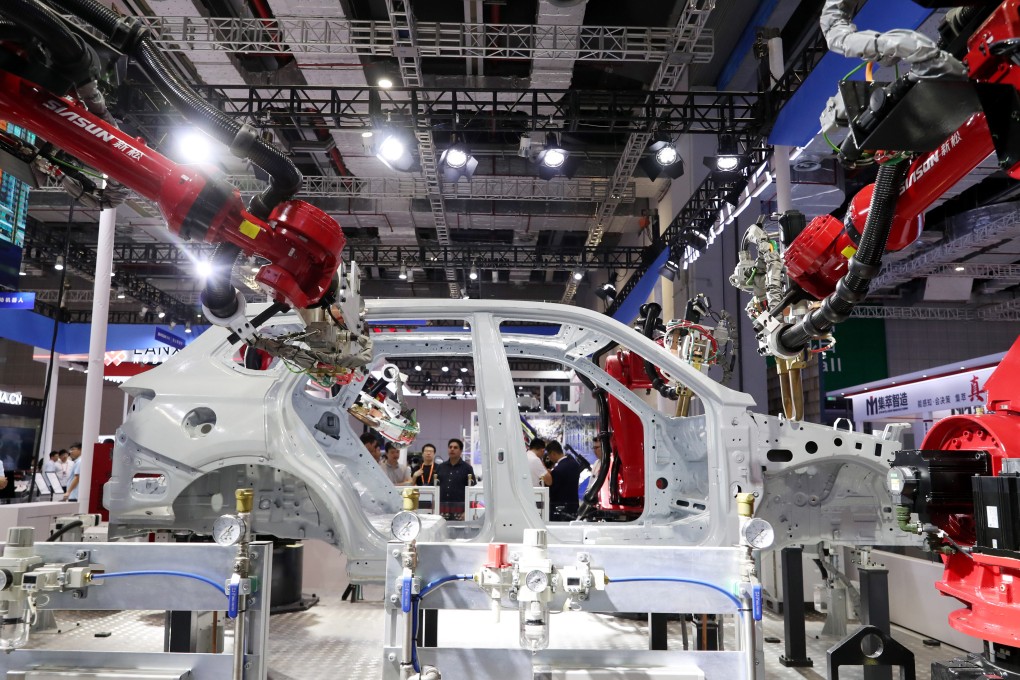Advertisement
The View | How China can use its strength in car exports to drive economic growth
- China’s edge in EV production is based on many competitive advantages, but work is needed if it is to be turned into an engine of growth
- Realistically, its EV makers must look beyond the US and Europe to other emerging markets for expansion. Here’s where the belt and road can play a key role
Reading Time:3 minutes
Why you can trust SCMP
0

After surpassing South Korea and Germany in the past few years, China is poised to overtake Japan and become the leading car exporter this year.
The export-oriented car industries of Japan and South Korea epitomised their economic rise. In the case of China, its growth in auto exports happened long after it had become a manufacturing powerhouse and top trading nation.
Behind the headlines, however, it is unclear whether China’s car industry, with its massive overcapacities, can become an engine of profitable economic growth.
Measured by units sold, China’s automotive industry has been the world’s largest since 2008. Unlike the situation in Japan and South Korea, until the arrival of electric vehicles, foreign brands had long dominated China’s car market. General Motors and Mercedes-Benz sell more cars in China than in their home markets, and a top car exporter from China is Tesla.
The top export markets for Japanese and South Korean carmakers have been the US and Europe. With the US imposing steep tariffs on Chinese-made cars, the US market is largely closed to China. While China has made inroads into some European countries, including Belgium, the UK and Spain, it is facing headwinds in selling more EVs in Europe.
China’s top car export markets in the first half of this year have been Russia and Mexico, where China sold mostly fossil-fuel-powered cars. Although China’s car exports have been buoyed by EVs, petrol- and diesel-powered vehicles continue to represent the bulk of China’s car exports.
Advertisement
